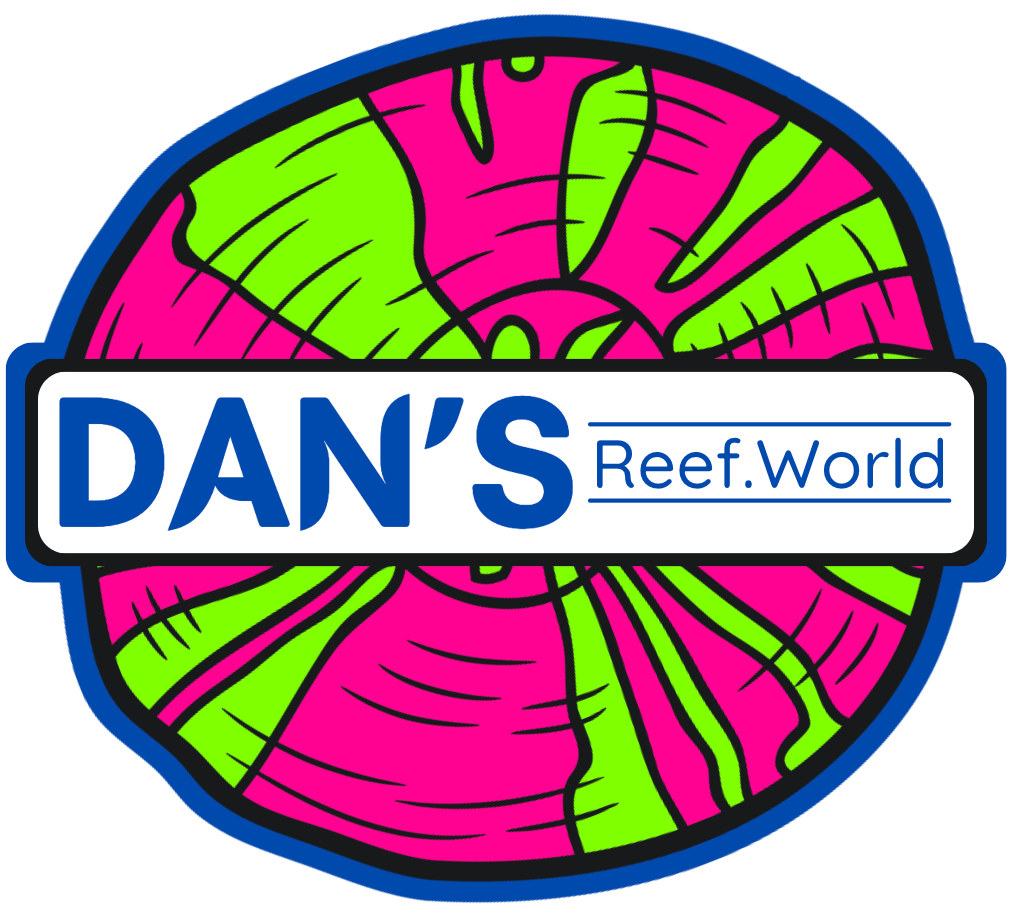Intro - Family Siderastreidae
Coral reefs, often referred to as the "rainforests of the sea," are essential ecosystems that support a vast array of marine life. Among the diverse families of corals that contribute to these vibrant underwater environments, the Siderastreidae family stands out for its unique characteristics and ecological significance. In this blog post, we’ll delve into the fascinating features of Siderastreidae corals, their roles within reef ecosystems, and the conservation challenges they face.
-
The Siderastreidae family comprises stony corals found predominantly in tropical and subtropical waters. This family includes notable genera such as Siderastrea, Stylocoeniella, and Pseudodiploria. Siderastreidae corals are characterized by their massive, encrusting, or branching forms, and they typically exhibit a robust skeleton made of calcium carbonate, which provides structure to coral reefs.
One of the most intriguing aspects of Siderastreidae corals is their growth form. Many species in this family display a massive, boulder-like appearance, which can range from rounded to irregular shapes. Their polyps, although generally small, can be quite numerous, often forming dense clusters that create a visually striking effect.
-
Coloration varies among Siderastreidae corals, with hues ranging from earthy browns and greens to vibrant yellows and blues. This diversity in color is due to their symbiotic relationship with zooxanthellae, algae that live within their tissues. These algae perform photosynthesis, providing the corals with essential nutrients while benefiting from a protected habitat.
-
Siderastreidae corals play a critical role in the health and stability of coral reef ecosystems. As significant contributors to reef structure, they provide essential habitats for various marine organisms, including fish, invertebrates, and other reef dwellers. Their robust forms create shelter and breeding grounds, enhancing biodiversity within the reef.
-
In addition to their structural contributions, Siderastreidae corals help stabilize sediments and mitigate coastal erosion. By binding sediments together, they promote a healthier environment for other marine species and contribute to the overall resilience of the reef ecosystem.
-
Despite their ecological significance, Siderastreidae corals face several threats. Climate change is one of the most pressing issues, with rising sea temperatures leading to coral bleaching—a phenomenon in which corals expel their symbiotic algae, causing them to lose color and essential nutrients. Prolonged bleaching can severely weaken corals, making them more susceptible to disease and mortality.
Ocean acidification, resulting from increased carbon dioxide levels, poses additional challenges by hindering the corals’ ability to form calcium carbonate structures. Furthermore, pollution from coastal development, agricultural runoff, and plastic waste disrupts the delicate balance of reef ecosystems, jeopardizing the health of Siderastreidae corals.
-
To address the challenges facing Siderastreidae corals, comprehensive conservation strategies are essential. Establishing marine protected areas (MPAs) is crucial for safeguarding these corals and their habitats from human impact. Restoration efforts, such as coral gardening and transplantation, are being implemented to help revive damaged reefs and support the growth of healthy coral populations.
-
Public awareness and education play vital roles in fostering a culture of conservation. By informing communities about the importance of coral reefs and the threats they face, we can encourage sustainable practices and responsible coastal development. Supporting marine conservation organizations and advocating for policies that protect marine ecosystems can also make a significant difference in the preservation of Siderastreidae corals.
-
The Siderastreidae family of corals is a remarkable and resilient component of coral reef ecosystems. Their unique forms, ecological roles, and contributions to biodiversity underscore the importance of conserving these vital organisms. As we face the growing challenges posed by climate change and human activities, it is essential to prioritize the protection of Siderastreidae corals and the habitats they support. Together, we can ensure that these extraordinary corals continue to thrive, enriching our oceans and sustaining the biodiversity that relies on them for generations to come.




